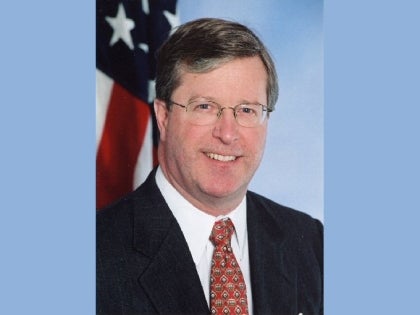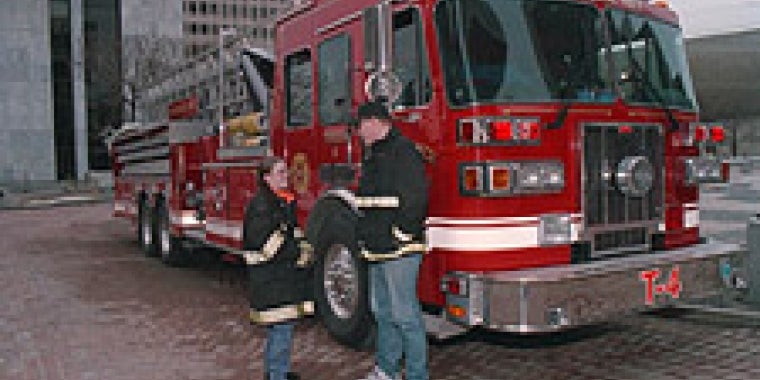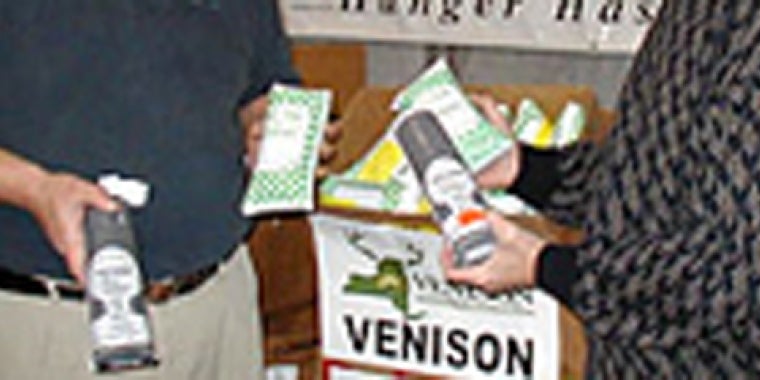
Winner Planning Push For Legislation To Encourage Volunteer Recruitment

Elmira, N.Y.-- With a new report released earlier this week by the New York State Association of Towns reiterating the warning that localities face a huge expense down the road if local volunteer emergency services continue to struggle to attract and retain volunteers, State Senator George H. Winner, Jr. (R-C, Elmira) today said that he will again introduce and seek the enactment of legislation known as the "Emergency Services Volunteer Incentive Act" to help communities fend off an ongoing statewide decline in the ranks of volunteer firefighters and emergency services personnel.
Winner said that the legislation, which he introduced for the first time earlier this year, will be reintroduced for consideration during the 2006 session of the State Legislature beginning in January. He said that he will reach out to Assembly leaders to encourage bipartisan support on the issue.
"Volunteer recruitment remains a serious challenge for our communities, and this legislation needs to be a priority issue in the next legislative session," said Winner. "Our declining volunteer ranks loom as an enormous burden to localities and local property taxpayers. It would cost billions of dollars for localities to pay for the critical services currently provided by volunteer firefighters and EMTs."
According to the Firemen’s Association of the State of New York, the number of volunteer firefighters statewide has declined from 140,000 in the early 1990s to fewer than 90,000 today. Volunteer emergency medical technicians (EMTs) experienced a decline from more than 50,000 to 35,000 during the same period. The Firemen’s Association, which declared 2005 its "Year of Recruitment and Retention" in an effort to increase public awareness of the need for volunteers, estimates that it would cost local taxpayers more than $7 billion annually to replace volunteers with paid fire and ambulance services.
The new Association of Towns report has been issued now to highlight the volunteer crisis and to spark interest within the state Legislature for a variety of potential solutions, including some of those included in Winner’s legislation.
"We absolutely need to do more to recognize and reward the contributions of emergency services volunteers," Winner said. "Incentives will be a key part of any strategy to address the challenge."
While the importance of local first responders to community safety and security has been widely recognized and praised since the September 11th tragedy, Winner said that it continues to be difficult, for a variety of reasons, for many local fire departments and ambulance companies to recruit and retain volunteers. He noted that some departments already employ paid, around-the-clock firefighters supported by volunteers.
Three years ago New York established a college tuition incentive program for volunteers. The state has also authorized some counties, including Steuben, to provide as much as a 10% real property tax exemption on the primary residence of a volunteer firefighter or ambulance worker. A new law enacted late last year created a temporary task force on "Volunteer Firefighter and EMT Recruitment and Retention." The task force is scheduled to issue its recommendations before the end of the year.
The "Emergency Services Volunteer Incentive Act" being promoted by Winner would:
> offer a $2,000 annual personal income tax deduction for volunteer firefighters and ambulance workers;
>authorize municipalities to offer real property tax exemptions on property owned and used as a primary residence by emergency services volunteers;
> exempt motor vehicles owned and used in the performance of duty by an emergency services volunteer from motor vehicle registration fees and vehicle use taxes; and
> allow emergency services volunteers to participate in certain public employee health insurance plans.



